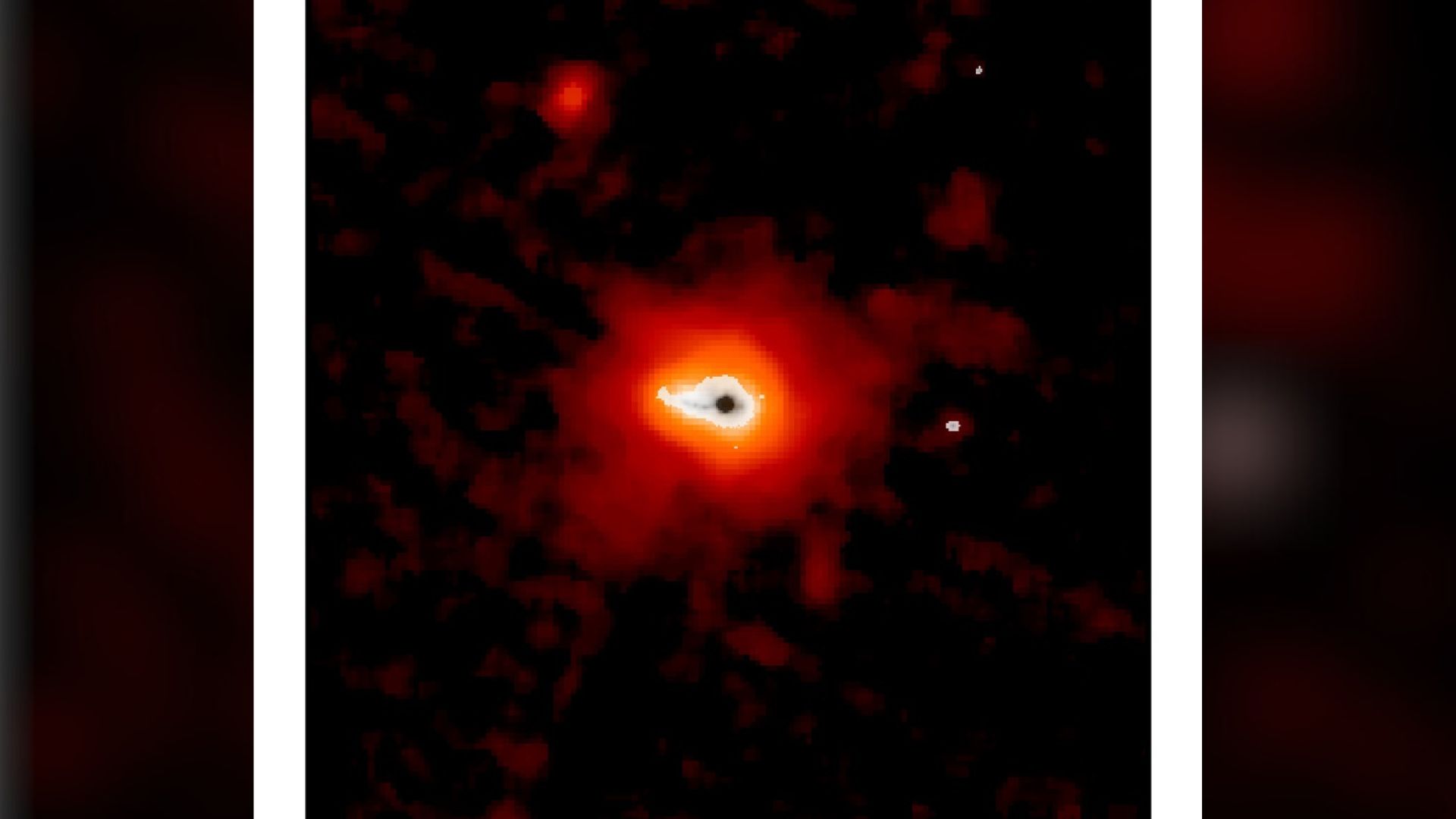A team of astronomers from Taiwan has uncovered promising evidence suggesting the existence of Planet 9, a hypothesized planet beyond Pluto in the far reaches of our Solar System. This new potential discovery, based on data from the Infrared Astronomical Satellite (IRAS) and AKARI, a Japanese infrared satellite, could mark a significant step in confirming the existence of this elusive planet.
What is Planet 9?
The concept of Planet 9 has been speculated for several years to explain gravitational anomalies observed in the orbits of objects in the Kuiper Belt, a region beyond Neptune. These anomalies, such as clustering of trans-Neptunian objects (TNOs) and their orbital tilt, led astronomers to propose the existence of a massive, unseen planet exerting gravitational influence. Planet 9 is theorized to be a Neptune-like world, likely composed of gas and ice, with a mass between seven to 17 times that of Earth.
Despite these theories, no direct observation of Planet 9 has been made, largely due to its extreme distance from the Sun. This distance, estimated at 300 Astronomical Units (AU) (one AU being the Earth-Sun distance), places the hypothetical planet far beyond Neptune—at least ten times further away from the Sun than Neptune. Because of this vast distance, the planet would reflect very little sunlight, making it almost invisible to traditional telescopes.
The Role of Infrared Data
In the search for Planet 9, the challenge lies in detecting such a distant object. Since the planet would be faint and not visible in the visible spectrum, astronomers turn to infrared data to locate it. Infrared radiation emitted by the planet itself is much easier to detect than reflected sunlight. This is why astronomers focused on infrared observations from IRAS and AKARI.
- IRAS (Infrared Astronomical Satellite) was the first space telescope to perform an all-sky infrared survey, launched in 1983. It collected data on infrared sources across the sky.
- AKARI, launched in 2006, is Japan’s infrared satellite that continued this mission, observing the sky in far-infrared wavelengths.
Both satellites took data on a vast portion of the sky, with IRAS surveying from 1983 to 1986 and AKARI gathering data between 2006 and 2009. The data collected from these missions formed the foundation for the recent research conducted by Taiwanese astronomer Terry Long Phan and his colleagues.


The Search for Planet 9
In their recent study, reported by the BBC Skyatnightmagazine, Terry Long Phan, with support from a team at National Tsing Hua University in Taiwan, Japan, and Australia, sifted through the infrared data from both missions. Their aim was to find any movement in the sky of distant objects that could correspond to Planet 9. Since any object that far from the Sun would move very slowly, they focused on identifying objects that showed slight movement over time.
Using software to analyze the data, the team identified 13 candidate sources—infrared sources that had shifted across the sky between the observations made by IRAS and AKARI. After careful manual verification, only one candidate pair remained that seemed to fit the profile of a slow-moving, planet-like object. The object in question had moved by 47.5 arcminutes over the 23 years between the two surveys, which is roughly 1.5 times the width of the full Moon.
This movement is consistent with the expected speed of an object orbiting the Sun at a distance of over 300 AU. If this is indeed Planet 9, it would be consistent with a slow-moving, faint planet residing in the outermost regions of the Solar System.
What Do We Know About the Object?
The detected object fits the criteria for what astronomers would expect of a Planet 9. With a mass estimated to be between seven and 17 times that of Earth, the object would be an ice giant, similar in composition to Neptune or Uranus. The temperatures in this region of space are extremely cold, with estimates suggesting the object would be about -200 degrees Celsius.
Despite this promising evidence, the discovery is still not definitive. At present, the object has only been observed at two different points in its orbit. To conclusively verify the object’s identity, follow-up observations are required. One key next step is to use the DECam (Dark Energy Camera), located at the Victor M Blanco Telescope in Chile. This highly sensitive instrument could help astronomers track the object’s movement and refine their understanding of its orbit.
Source link

